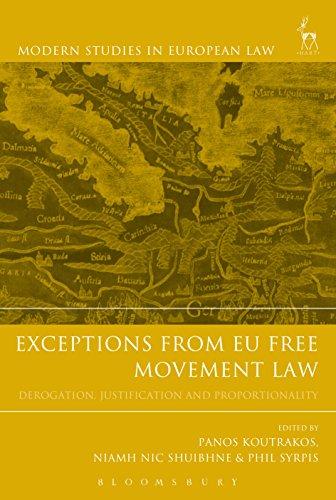Question
Need help in rewriting this in my own words please Cultural Considerations When working with people outside of one's home country there are some additional
Need help in rewriting this in my own words please
Cultural Considerations
When working with people outside of one's home country there are some additional
challenges to consider as cultures and therefore working styles tend to differ. In this case, the two
countries involved are Singapore and the U.S. Reviewing Hofstede's cultural dimension model, it
is apparent that analyzing the cultural differences of nations working together is critical for
success. Many professionals have preconceived notions of various cultures based on personal experiences and familial traditions. Understanding that this bias exists and counteracting it with
data-driven science to professionally understand other cultures will ensure companies avoid
communication and professional concerns. The model reviews the six most critical areas where
intercultural communications lie and seeks to simplify this process. Using the scale to measure
each nation allows for companies to utilize strategies to work efficiently with various cultures.
Taking the necessary time to review each of the six considerations will keep both branches of the
company in better communication with a greater appreciation for how one another operates.
As an intercultural organization navigates through change management, understanding
the country's differences in Hofstede's model can shed light on frustration and
miscommunication. When engaging in change management, differences in the uncertainty
avoidance index can be a massive detriment to change success. Countries with high UAI need
rigidity and structure through change as uncertainty breeds chaos and anxiety. Whereas low UAI
is characterized by fluidity and easy acceptance of change, uncertainty is welcome throughout
the process. Two countries that have extreme variability in this dimension could see management
neglecting one side of the organization's preferred method of change management. Being
unaware of this dimension, especially during volatile change can lead to extreme frustration,
confusion, uncertainly, and eventual attrition.
It is evident that in the case of the U.S. and Singapore branches of the organization, there
was some strong variability in uncertainty avoidance. As mentioned, these differences are
challenging to navigate without awareness of each country's predisposed level of UAI. In
Singapore the country ranks the lowest overall with a score of 8 on this UAI index This means
that people of this nation let the future happen rather than work to control it, ambiguity is natural
(Hofstede, 2021). While The United States still skews towards a lower score in this area, theirs is
more of an intermediate score on this scale. This slight difference may impact cross-cultural communication as evidenced from the employee exit surveys. Based on employees' reactions to
ambiguity in communication from Singapore and management, this was not an area of strength
for the organization. Singapore may be more agreeable to having an uncertain standard operating
procedure whereas the U.S. branch requires more structure to succeed. Ensuring these UAI
differences are addressed will provide stronger communication and better business outcomes for
all involved.
Another aspect of Hofstede's dimensions is individualism which has the greatest degree
of variability between the U.S. and Singapore. Singapore is much more of a collectivist society,
focusing on group rewards, and intrinsic motivation for employees. The U.S. places much more
emphasis on individualism due to the inherent "American Dream" mentality. When
communicating with the U.S. branch of the organization it is important to consider how
employees prefer to work. Several exit surveys indicated that employees found the inability to
progress, challenge themselves professionally, and be rewarded with opportunities to promote
was frustrating. With low individualism, Singapore has not had to deal with this prior and thus
lacked the knowledge to appreciate these concerns before they occurred. Understanding the
differences in U.S. workplace culture surrounding individualism would help decrease attrition
and provide more incentivization for employees to work towards company goals.
Step by Step Solution
There are 3 Steps involved in it
Step: 1

Get Instant Access to Expert-Tailored Solutions
See step-by-step solutions with expert insights and AI powered tools for academic success
Step: 2

Step: 3

Ace Your Homework with AI
Get the answers you need in no time with our AI-driven, step-by-step assistance
Get Started


